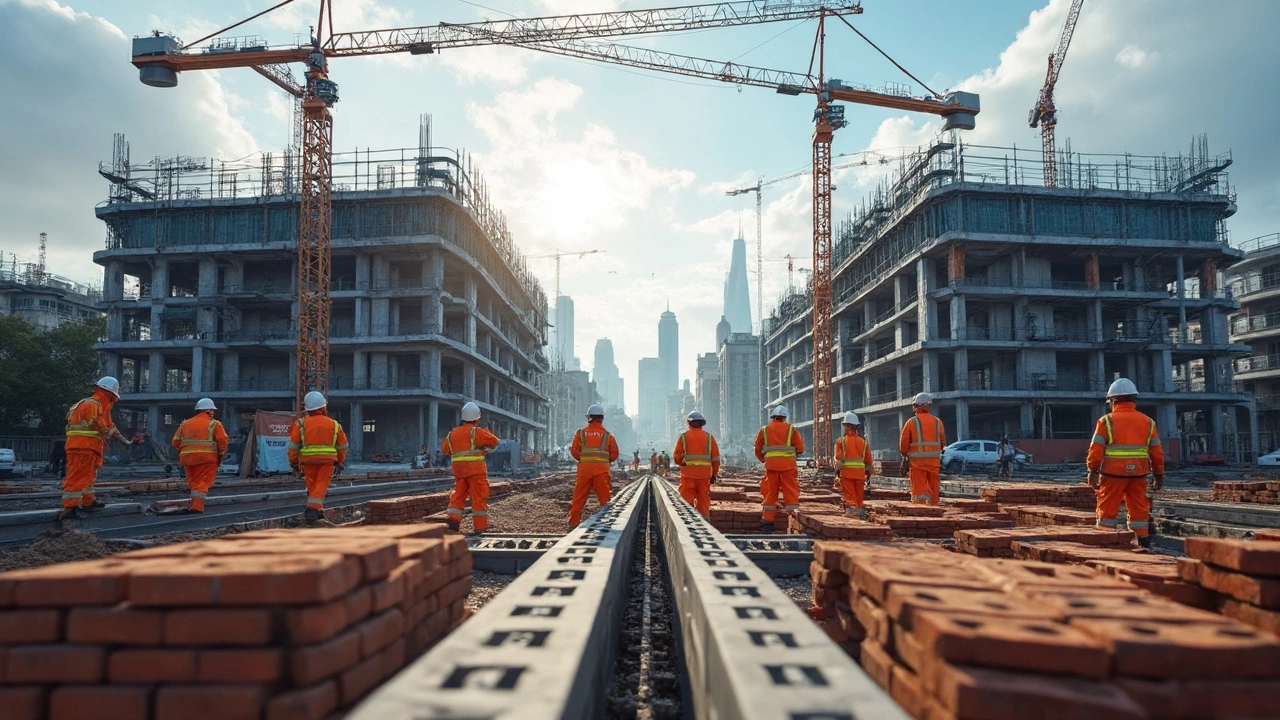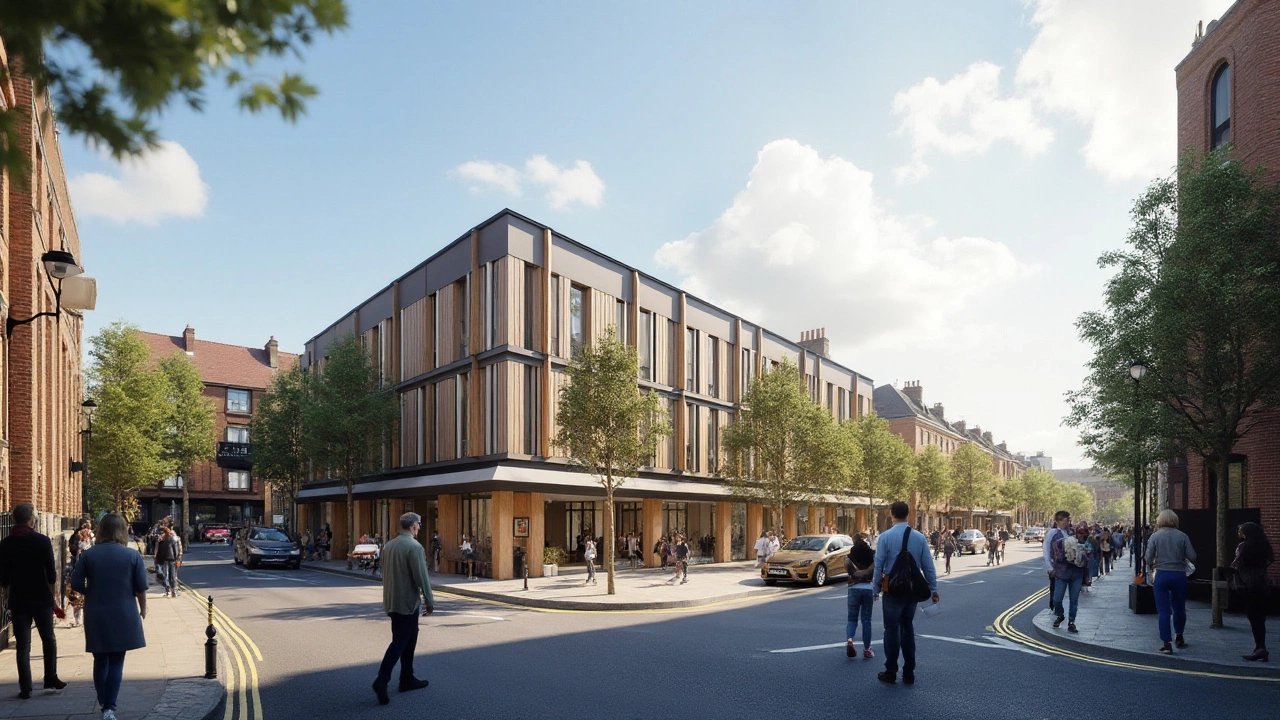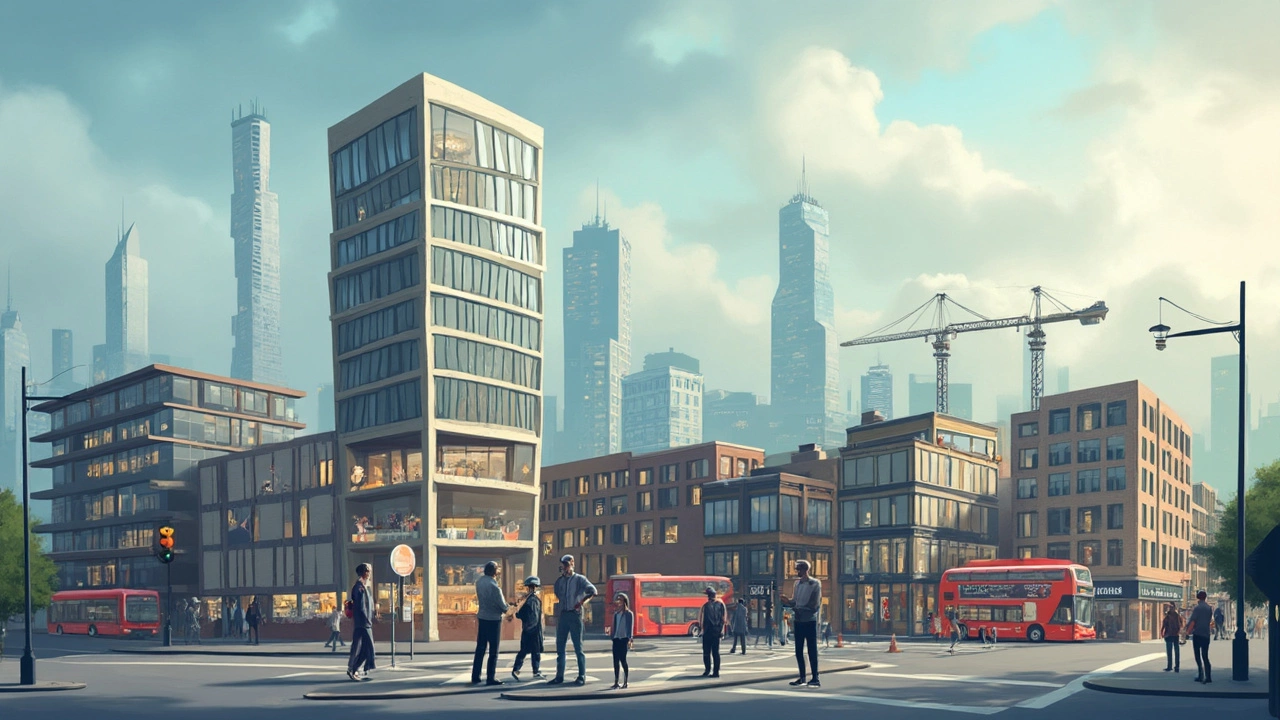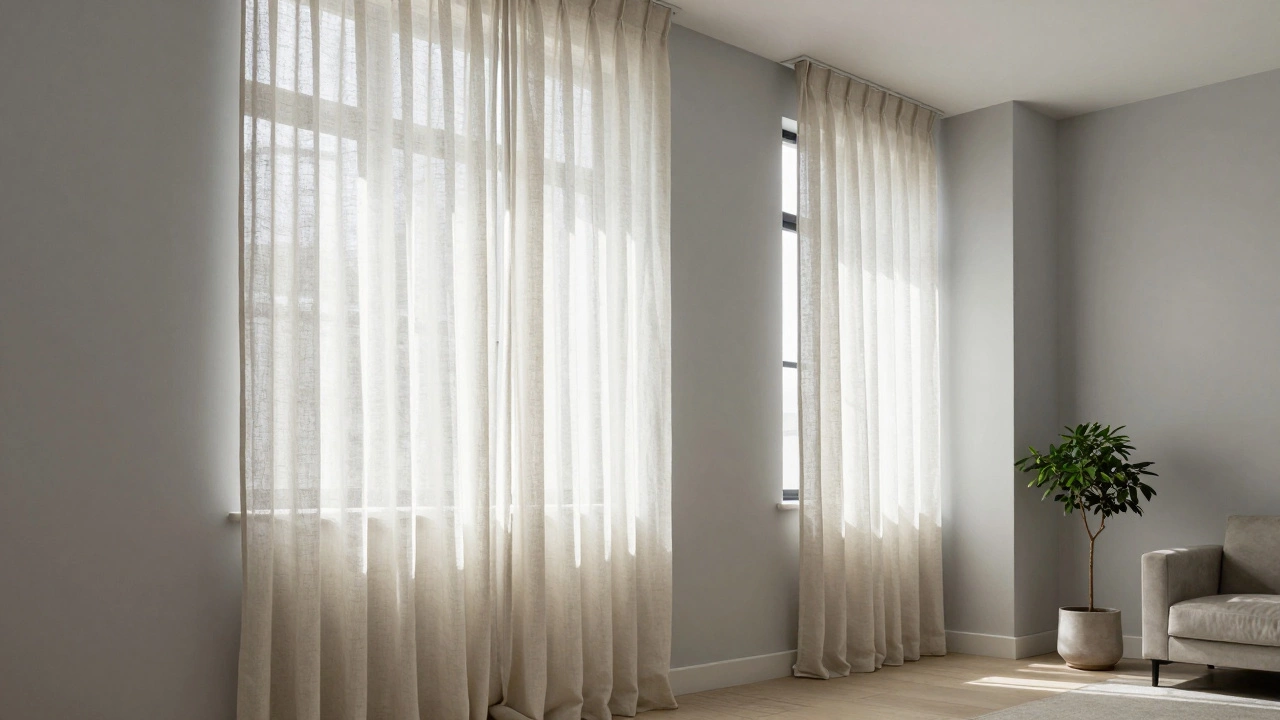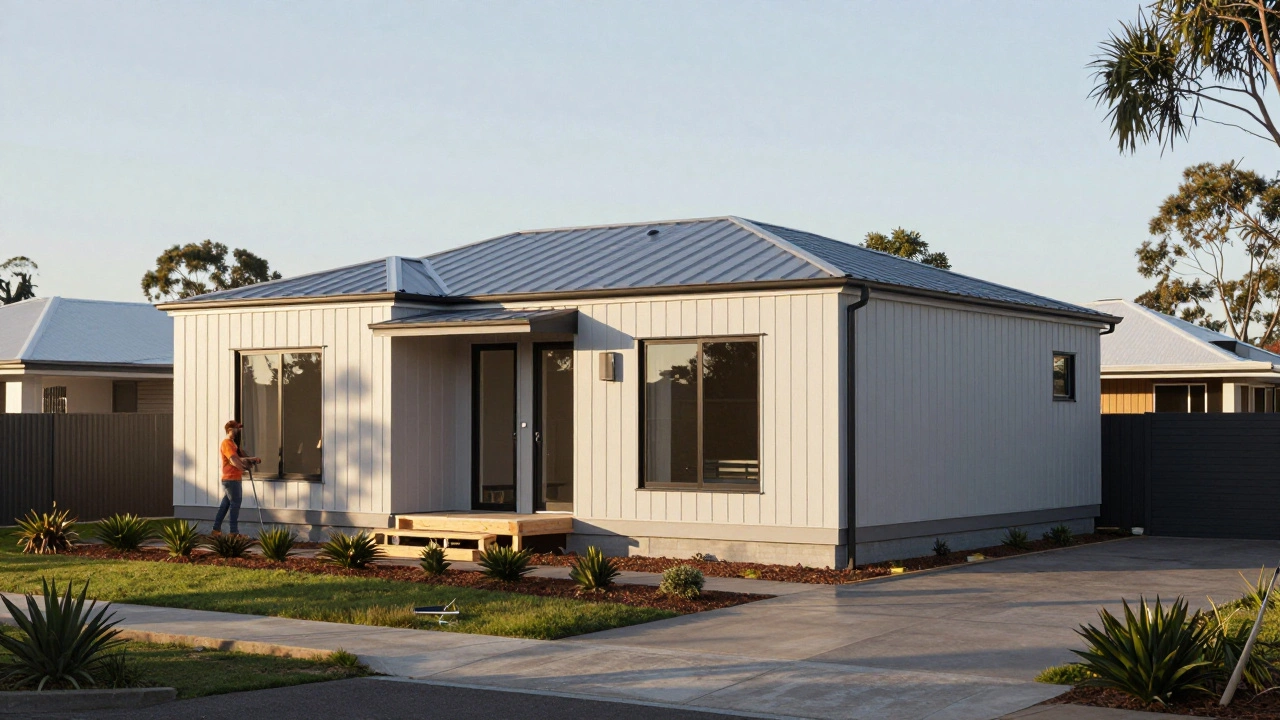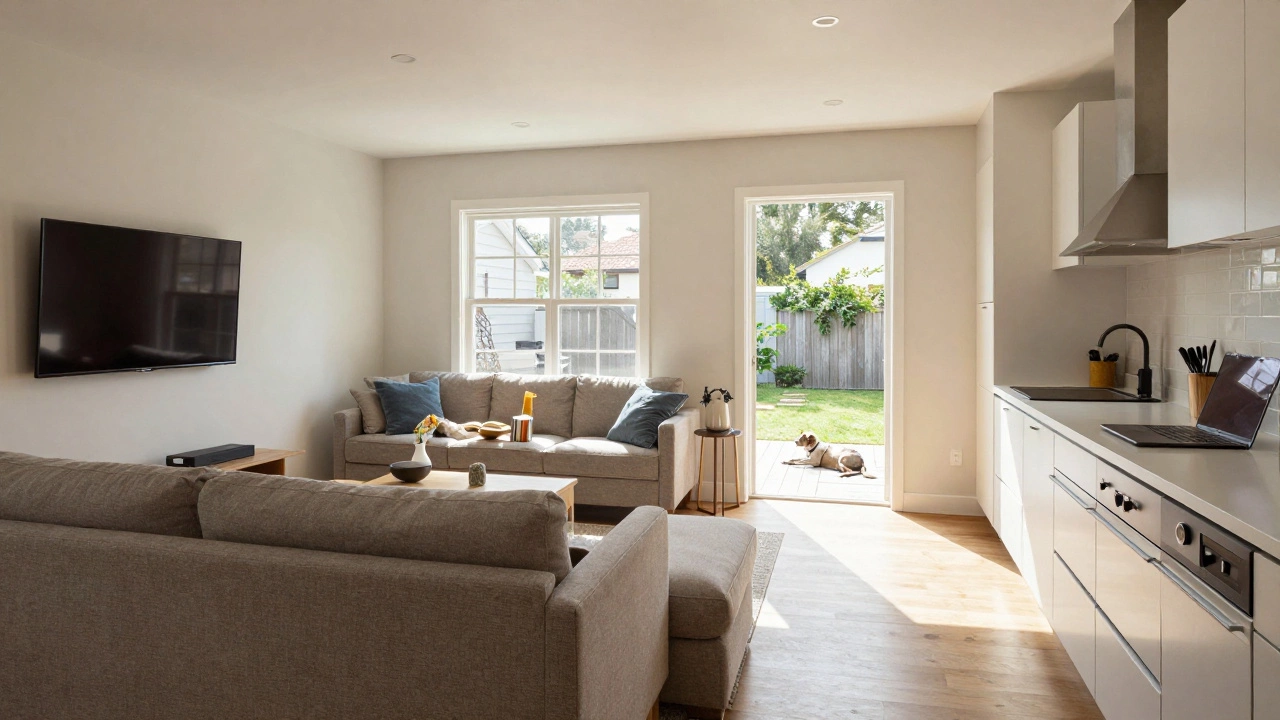So, you’re wondering if it’s pricier to put up a shiny new office building than it is to build your dream house? Short answer: yeah, commercial construction almost always wins the “most expensive” trophy. But it’s not just about bigger size or fanciness. The costs stack up for a bunch of reasons you might not expect.
For starters, commercial projects juggle way stricter codes, crazier safety standards, and way more paperwork than homes do. Ever try reading a fire code book for a high-rise? My cat Luna ran off halfway through. The stuff you don’t think about, like HVAC systems, elevators, even ultra-durable toilets—all of that hikes up the price.
But wait—it’s not just regulations. The actual materials and labor needed for a strip mall, surgery center, or even a humble sandwich shop? They’re a different league. You’ll find out just how different when you compare the nitty gritty: steel beams vs wood framing, commercial glass vs home windows, super-sized parking versus a quiet driveway.
- Why Commercial Costs Add Up
- Breaking Down the Price Tags
- Codes, Materials, and Surprises
- Tips for Budget-Smart Building
Why Commercial Costs Add Up
The big reason commercial construction racks up higher bills? There’s a mountain of rules, and almost no wiggle room. While homes have to meet basic safety requirements, commercial spaces follow strict codes for things like accessibility, fire exits, ventilation, and even earthquake readiness, depending on the area. Want to serve coffee in a shop? Your electrical and plumbing work has to be double-checked and signed off by at least two inspectors.
Let’s talk about materials. No surprise—commercial buildings usually need beefier stuff. You’re not just slapping up drywall and painting; you’re choosing steel frames, fire-rated doors, security glass, and heavy-duty wiring built for constant traffic. That’s a whole different checkout line at the supplier store. And the price tag follows.
"Commercial codes and approval requirements can easily add 20% or more to a project's overall costs compared to residential buildings." — National Association of Home Builders
Labor drives up the bills too. Commercial projects often need crews with special certifications. Ever seen union electricians laying the guts for a data center? Their hourly rates beat most residential contractors, hands down. Plus, commercial sites are checked more often by regulators, so there’s less room for shortcuts—everything takes longer, and time is money.
Factor in the design. Architects spend more time planning out commercial spots, fitting in bigger HVAC systems, loading bays for trucks, and even hurricane-proof windows if your area needs them. Toss in specialized permits, liability insurance, and complex scheduling, and you see why the commercial construction bill keeps climbing.
In short, it isn’t just about size. It’s a mix of hard rules, stronger materials, highly trained labor, and more steps just to get to opening day. All of that comes with a fat price tag.
Breaking Down the Price Tags
When you stack up the costs of putting up a commercial space versus a house, the dollar differences pop right out. It's not just hearsay either—hard numbers back it up. Commercial construction often runs anywhere from $120 to $600 per square foot, depending on what you’re building and where. Basic residential jobs hover between $100 and $250 per square foot for a typical single-family home. Hospitals, labs, and complicated offices? Some can spike over $1,000 per square foot.
What eats up so much cash? A lot of it comes down to the complexity of the work. Offices need tons of power outlets, internet wiring, fire sprinklers, extra plumbing, and mechanical systems that your living room will never see. Add in professional design, longer approval times, and commercial-grade materials that need to survive the daily grind, and you get eye-popping budgets.
| Type | Avg. Cost per Sq Ft (USD) | Key Features |
|---|---|---|
| Standard House | 100 - 250 | Wood framing, basic plumbing, single kitchen & bath, drywall |
| Retail Store | 200 - 400 | Open layout, ADA requirements, impact doors, security systems |
| Office Building | 225 - 500 | Elevators, fire sprinklers, lots of electric & HVAC zones |
| Medical Facility | 400 - 1,000+ | Lead-lined rooms, specialized plumbing, medical gas |
People sometimes ask if you can just copy-paste a house plan for a commercial zone. Nope. Codes won’t let you—and the price would skyrocket just adding commercial restrooms, exit lighting, or stormwater systems. Everything from parking lots to structural steel is bulked up in commercial construction. Houses might seem expensive, but the things required to meet business, public safety, and efficiency needs push commercial jobs into a league of their own.
- Tip: If you're curious about a real project, reach out for estimates and ask for detailed breakouts. That lets you see exactly where every dollar is landing.
- Local data matters. Building costs in a big city? Way higher. Same project in a small town? Often much less, but still more for commercial than residential.
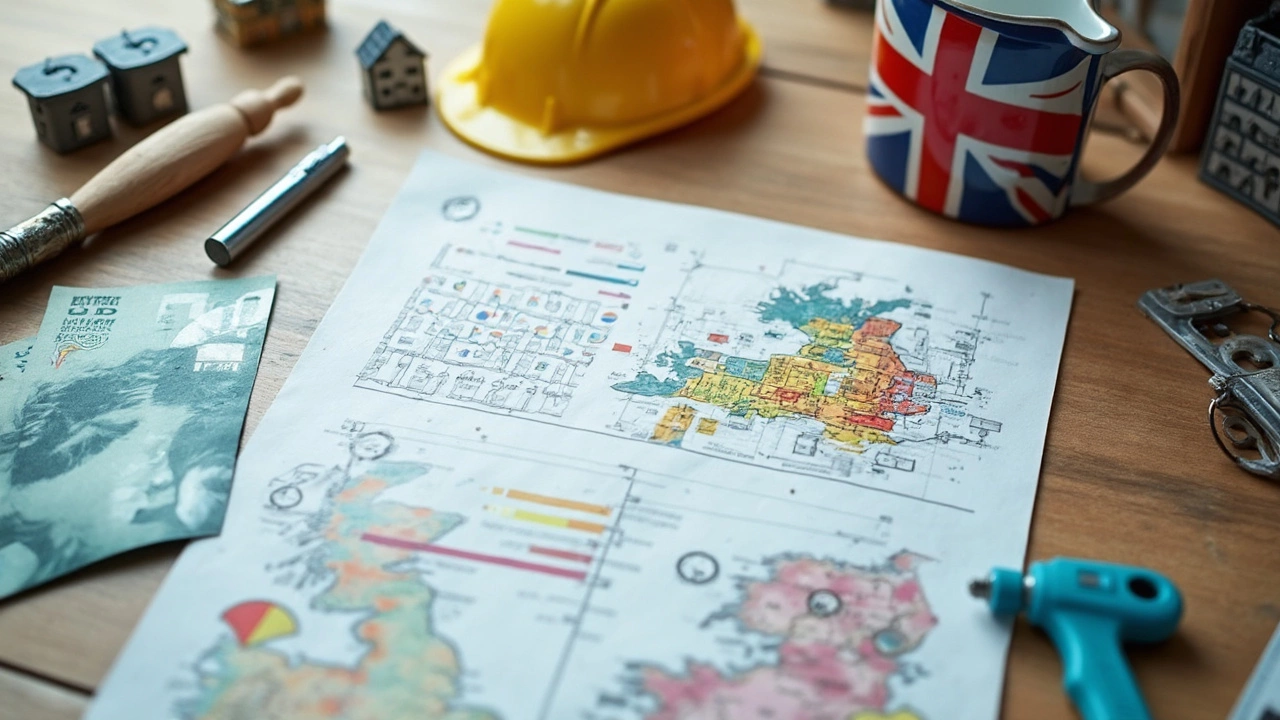
Codes, Materials, and Surprises
If you thought building codes for homes were strict, just wait until you look at what commercial jobs deal with. While residential projects follow local rules, commercial construction faces stacks of regulations from the city, county, state, and sometimes even the feds. Ever wonder why office buildings, supermarkets, or clinics seem overengineered? It’s because the law basically demands it. Fire systems, ADA (Americans with Disabilities Act) accessibility, emergency exits, structural reinforcement—all have to meet way higher standards. No shortcuts allowed.
Materials are another wallet drainer. Homes usually stick to wood framing and standard insulation. Commercial projects burn through heavy-duty steel, concrete, reinforced glass, special roofing membranes, and even soundproofing. These aren’t just fancier—they’re required for things like earthquake safety, wind protection, and keeping hundreds or thousands of people safe at once.
Check out this quick comparison, just to get a sense of how big the price jump is:
| Item | Commercial Construction | Residential Construction |
|---|---|---|
| Steel Beams | $2.50 - $4.00 per lb | Rarely used |
| Sprinkler System | Required, $2-$7 per sq. ft | Not required |
| Elevators | Often required, $50K+ | Almost never used |
| Doors/Windows | Impact and fire-rated | Standard grade |
And here’s where the “surprises” come in. Permitting delays, code inspections, and surprise change orders can throw your timeline and budget off fast. A busted pipe in a home is a headache; a busted main in a shopping center can shut down multiple businesses for days. Plus, insurance premiums for commercial jobs? They’re much higher because there’s a lot more at risk—both in property and liability.
- Get a pro to handle permits—don’t DIY this part.
- Build in a budget buffer (10% extra is pretty standard for commercial jobs)
- Always plan for more inspections and walk-throughs than you expect
- Don’t skimp on materials; cheaping out early causes major repairs later
The rules and stuff you barely notice in a house become front and center when you’re building something for the public. That’s why commercial construction costs pile up way faster than residential projects.
Tips for Budget-Smart Building
Want to keep your wallet happy while tackling commercial construction? Start by getting quotes from multiple contractors. Prices can bounce all over the place, even for the same blueprint. Don’t just grab the cheapest bid, though—ask about what’s included. Sometimes those low numbers skip stuff you’ll pay out the nose for later, like permitting or cleanup.
Plan every detail ahead of time. Crazy as it sounds, small changes mid-project can balloon costs way more in commercial builds than at home. Think about the finish on the walls, the wiring for that big screen in the lobby, and the type of flooring. Nail it all down in advance so you don’t get blindsided by change orders.
Ask your builder about materials that are both tough and affordable. For example, polished concrete floors might cost less than premium tile, but still look sharp and last a decade. Same deal for lighting—LED fixtures can seem expensive up-front, but they save money long-term by slashing energy bills.
If you’re building something like a small office or shop, consider pre-fab components. Modular walls, ready-made window systems, and pre-engineered steel framing all speed things up and usually cost less in labor. Some commercial codes even make it easier to swap these pieces in, as long as you get the right sign-offs.
- Don’t ignore soft costs—stuff like insurance, design, and legal fees aren’t obvious at first but can eat a chunk of the budget fast.
- Keep an eye out for incentives. Some cities and states offer grants or tax breaks for energy-efficient construction or revamping old spaces.
- Build in a contingency fund. Even the best plans run into surprises, like hidden pipes or last-minute code updates.
- Talk to other business owners or property managers who’ve built nearby. They can tip you off on which subs show up, which suppliers hustle, and which city inspectors love paperwork.
Staying budget-smart in commercial construction isn’t about pinching pennies at every turn. It’s about knowing where the costs really hide—and dealing with them before they blow up. A little homework now saves big regrets later.

